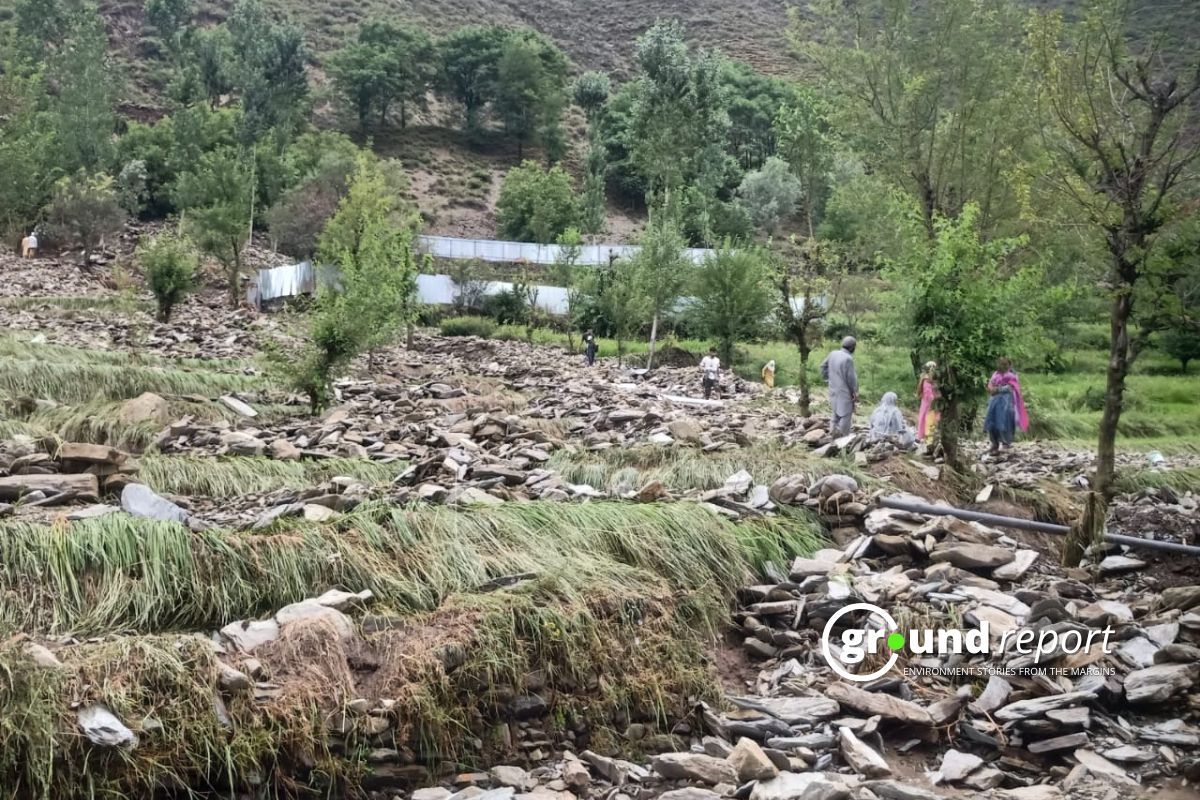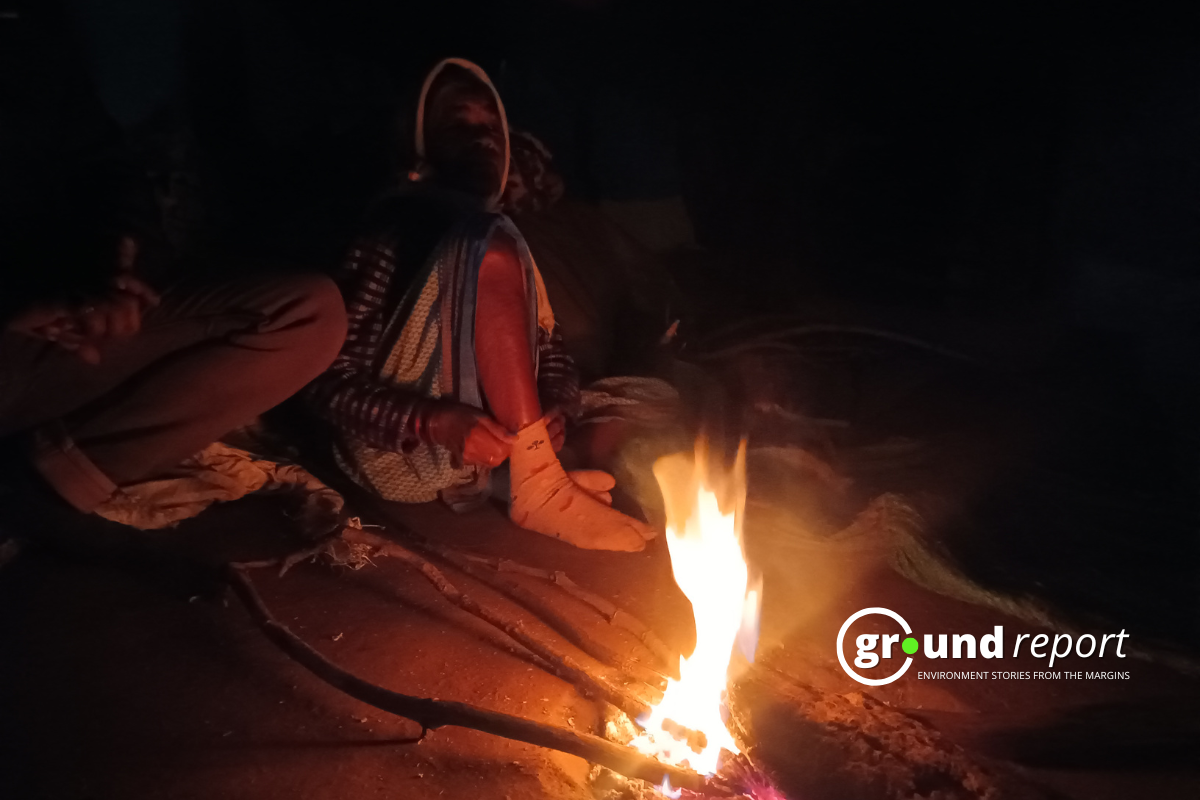In 2018, NHPC Limited National Hydroelectric Power Corporation completed the Kishanganga hydropower project in Gurez Valley of Bandipora district of North Kashmir, near the Line of Control between India and Pakistan.
The dam is considered to be of “strategic value” to India under the 1960 Indus Water Treaty, but the value of the project to them has been questioned by local Gurezi.
Local communities led by the “Village Welfare Committee” oppose the construction of the dam for fear that it will “drown their villages and leave them at the mercy of government-sponsored rehabilitation packages” (Bhan, 2018).
The protests mainly attacked the low amount of compensation offered for the loss of 38 hectares of land (Basu, 2015), but there were also tensions within communities over how political claims for compensation outweighed attempts to block the project altogether. Gender played an important role as women claimed that their voices were being ignored by the men leading the protests (Bhan, 2018).
At the same time, local communities criticized the contamination of water resources by waste, while unions and labour organizations protested the lack of employment for local communities from the projects (Basu, 2015).
The construction of the dam has been a contentious issue between India and Pakistan, with Pakistan claiming that the dam will reduce the flow of water into Pakistan and harm its agriculture and economy. India, on the other hand, argues that the dam is necessary for generating clean energy and that it has been designed to ensure minimum impact on downstream areas.
The dispute over the dam has been taken up by the International Court of Justice (ICJ), which in 2013 ordered India to release a minimum flow of water into the downstream areas. However, the issue remains unresolved, and there are concerns that the dam could exacerbate tensions between the two countries.
Additionally, there are concerns that the construction of the dam could have negative environmental impacts, including the displacement of local communities and the loss of habitats for endangered species. There have also been reports of landslides and other geological instability in the area around the dam.
Overall, the Kishanganga Dam remains a controversial issue that highlights the complex political, environmental, and social concerns surrounding the use of water resources in the region.
In 2014, the state government restricted the movement of civilians after residents protested against the compensation offered. According to residents, the construction of dams by the National Hydroelectric Power Corporation has closed off freshwater sources as well as dumped project waste into the river and polluted its drinking water. Pakistan had raised objections to the dam as it would reduce the natural flow in the transboundary Kishanganga River.
Compensation is also an issue.
“We didn’t even receive fair compensation for the land that the project developers took from us,” said Abdul Majeed Bhat, who represents 222 families in the area.
“They didn’t give us even half the price of our land. So, we had to take this issue to court from where we are waiting for justice,” he added. The case has been brought before the Jammu and Kashmir High Court.
“I think the project has not only disrupted the local environment, ecology and agriculture-based employment, but it will also disrupt the social fabric and our mountain culture,” said Majeed, a village elder.
“Some of the local youth working on the Kishanganga project currently earn an average monthly salary of 10,000 to 15,000 rupees (around US$165 to 250). I wonder how they will react when their employment abruptly ends once the project is complete,” he said.
The two countries maintained an uneasy truce to share water through an agreement negotiated by the World Bank in 1960. The Indus Water Treaty (IWT) determines the control and use of the water that flows into the Indus Basin, an agreement seen as a bright spot in an otherwise violence-marred relationship. India was given control of the basin’s three eastern rivers, and Pakistan the western rivers, though crucially these first flow through India before entering Pakistan.
However, the agreement no longer reflects the demands of the two countries. Decades of rapid population growth and river flows have changed the allocation of water, calling into question the relevance of the agreement.
India, however, has maintained that the project is permissible under the treaty, as it only diverts a portion of the river’s flow for power generation, and does not significantly impact the downstream flow of the river.
Despite these disagreements, the Kishanganga Dam became operational in 2018, and the downstream impacts are being monitored by both India and Pakistan. The dam can generate 330 MW of electricity and is expected to provide significant benefits to India’s power supply.
However, the concerns raised by Pakistan and other stakeholders highlight the complex issues surrounding the use and management of water resources, particularly in regions where water is scarce or contested. These issues require careful consideration and collaboration between countries to ensure that water resources are used sustainably and equitably.
Elements of the treaty are crucial to maintaining Pakistan’s water security: Restrictions on dam heights, reservoir storage capacity and river flow rates limit India’s full control over rivers.
- There is a serious concern about sabotage of the dam by individuals or groups, which would also pose the same flood hazards downstream.
- The river is wide enough to cause major flooding with a discharge of around 2,000 cumec (cubic meters per second).
- However the extent of the damage to structures and how it will affect the region and subsequent energy supply is not clear now.
Suhail Masoodi, a researcher from the China Agricultural University, agrees. “It is very important to deconstruct this notion of employment creation by the NHPC. The fact that hydroelectricity projects don’t need much labour force to run negates the notion that these projects can create employment. On the contrary… they are being dispossessed, displaced and their traditional livelihoods are being snatched.”
What is missing is a holistic approach to solving the problems of people in the area.
“For example, nothing is being done for the forest catchment area treatment, fisheries and agriculture all of which have been badly affected by the project,” said Tariq Ahmad, a local environmental activist.
Keep Reading
Indian agriculture household earns just Rs. 10,218 in a month: Govt
Post-harvest losses still high, reveals data shared in Lok Sabha
Khadi Haat village’s power-free wastewater treatment solution and more
Support us to keep independent environmental journalism alive in India.
Follow Ground Report on X, Instagram and Facebook for environmental and underreported stories from the margins. Give us feedback on our email id greport2018@gmail.com.
Don’t forget to Subscribe to our weekly newsletter, Join our community on WhatsApp, Follow our Youtube Channel for video stories.







